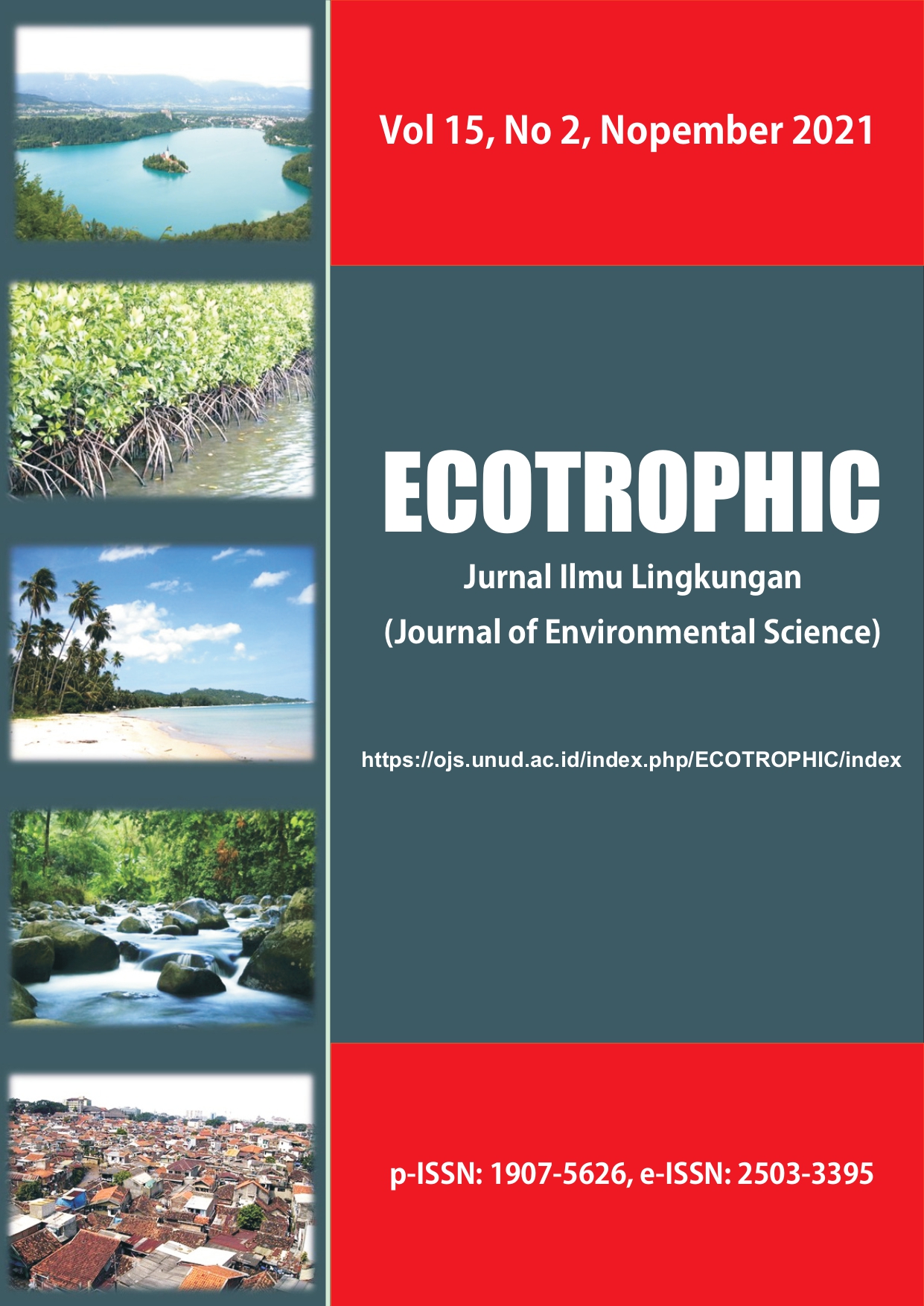ANALISIS POTENSI SIMPANAN KARBON AGROFORESTRI PERKEBUNAN KOPI ROBUSTA (COFFEA CANEPHORA) DI PEGUNUNGAN ARGOPURO, KABUPATEN BONDOWOSO
Abstract
Coffee plantation areas have the potential to absorb carbon dioxide in the atmosphere to reduce the greenhouse gas (GHG) emissions. Especially if coffee plantations are developed with forest plants in agroforestry area within forest management patterns. On the other hand, some coffee agroforestry now, are planted with horticultural crops that can reduce carbon sequestration ability to reduce climate change impact. The objectives of the study are to identify the parameters of the abiotic environment and the potential for carbon storage in robusta coffee agroforestry at Argopuro mountains, Bondowoso Regency. Through the calculation of plant biomass and carbon stock, it is potential to approach the amount of carbon uptake in plants to reduce carbon emissions in the atmosphere. Coffee plantation is one area that can increase carbon sequestration in the atmosphere. The results showed that microclimate parameters at robusta coffeeagroforestry at Argopuro mountains in Bondowoso regency i.e. temperature, air humidity, light intensity has average values of 29.2 oC; 54%; and 2166 lux respectively, then an average of soil pH is 6.00. There were some commonly plants founds in robusta coffee plantation i.e mango trees, avocado trees, dadap trees, pine trees, and more banana plants. Total biomass estimation in robusta coffee plantation area is 144,834 tonnes/ha. The identification of carbon stock show that the robusta coffee agroforestry area with ??2000 m2 can contribute to reduce atmospheric carbon emissions by 72.417 tonnes/ha in Argopuro mountains, Maesan District, Bondowoso Regency.
Keywords: Argopuro Mountains; Bondowoso; Carbon stock; Coffee agroforestry; Climate Change.
Downloads

This work is licensed under a Creative Commons Attribution 4.0 International License.


